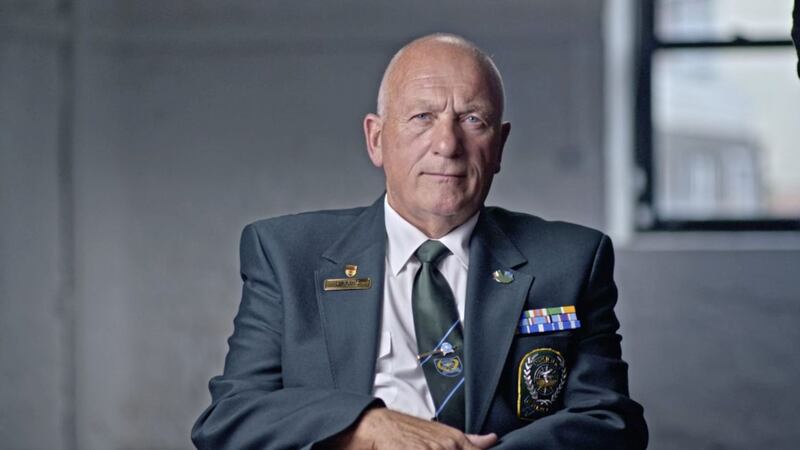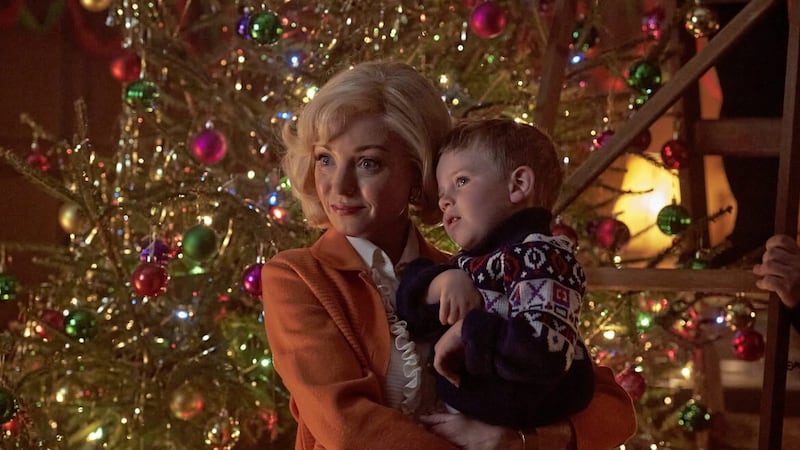The Case I Can’t Forget: The Kidnap of Don Tidey, RTÉ 1, Monday and RTÉplayer
The Irish Army had an unusual role during the Troubles.
In principle, it was facing a highly-trained and heavily-armed paramilitary force which was bent on the destruction of the state and was using its territory to launch attacks in Northern Ireland.
In reality, it didn’t have the support to directly engage the IRA, with politicians nervous of the risks of civil war and future damage to a state whose economy was perpetually on the verge of collapse.
Thus, the army spent its time providing security to cash-in-transit vans and monitoring the border. However, its efforts along the frontier didn’t seem to have had much affect on the ability of the IRA to reside in the south and operate in the north.
An army friend once told me of being deployed to Donegal in the 1980s, where his company routinely held the high ground along the Republic’s side of the border to deny it to the IRA.
It was as if they were fighting a conventional war where the Provos might deploy a field artillery unit to shell the north across the border.
In the more recent definition, this kind of avoidance activity might be called collusion but that’s a discussion for another time.
Garda recruit Gary Sheehan and Private Patrick Kelly were partially victims of this confused approach to the state’s enemies.
They were deployed in a heavily-wooded area outside Ballinamore, Co Leitrim, in December 1983 where the IRA were holding supermarket executive Don Tidey for ransom.
The Dublin government had had its fill of IRA kidnappings and was throwing all its resources at this one.
In the previous couple of years, the IRA had embarked on a new round of kidnappings of business people, their wives and children, with a particular focus on foreign executives.
This followed a pattern from the 1970s when the IRA had kidnapped Tiede Herrema, a Dutch businessman based in Limerick, and Thomas Niedermayer, the managing director of the Grundig factory in Belfast who was killed while in captivity.
Ben Dunne was held for six days before being released by the IRA in 1982 and in early 1983 they failed in an attempt to snatch Galen Weston, a Canadian businessman.
Only months before Tidey was snatched, the publisher Albert Folens was held hostage and the Irish horse racing industry was embarrassed by the killing of Shergar.
American-born Tidey, a lead executive of the Quinnsworth group, was kidnapped as he left his Dublin home and moved to a hide in the Leitrim woods. The IRA wanted IR£5 million.
Five hundred soldiers and 100 gardaí, including 50 officers still in training, were sent to search the wood. It was a shambles.
“It was something you wouldn’t see in a cartoon,” said PJ Higgins, a former army colleague of Patrick Kelly.
“They were prepared to kill, we came up here prepared to search,” said the retired Sergeant Major.
He added: “Were we properly equipped? No. Were we properly trained for such a mission? No. There were people just walking across the field, with Uzis hanging out. We didn’t know who was who. It was chronic.”
When they stumbled across the hide more than three weeks after Tidey was taken, the searchers were surprised and the IRA were clinical.
Sheehan was shot in the head and died instantly. Kelly was shot, in the words of his son, “from ankle to head” and bled to death.
Worst of all, the IRA gang escaped and in a further embarrassment, escaped again when the security forces tracked them down to a house in Co Mayo.



